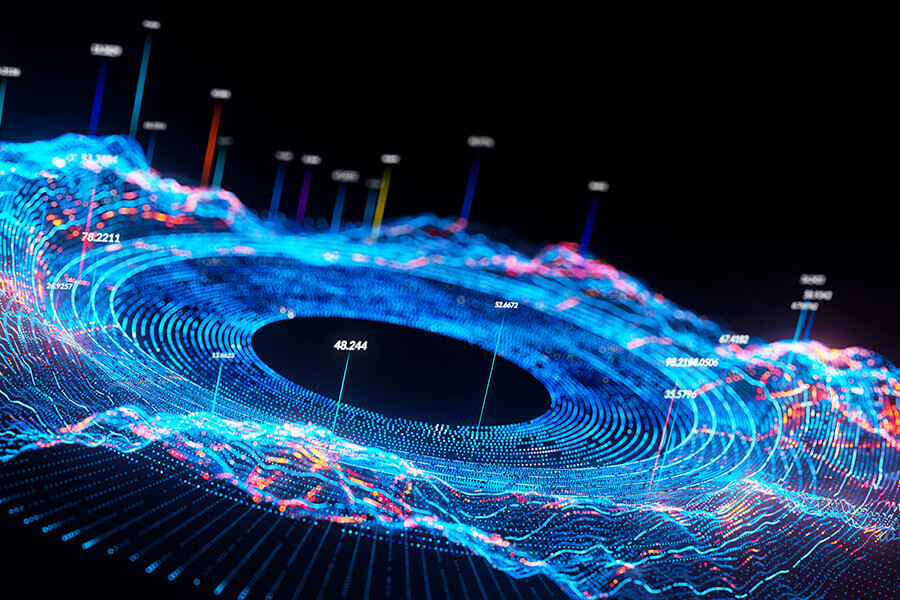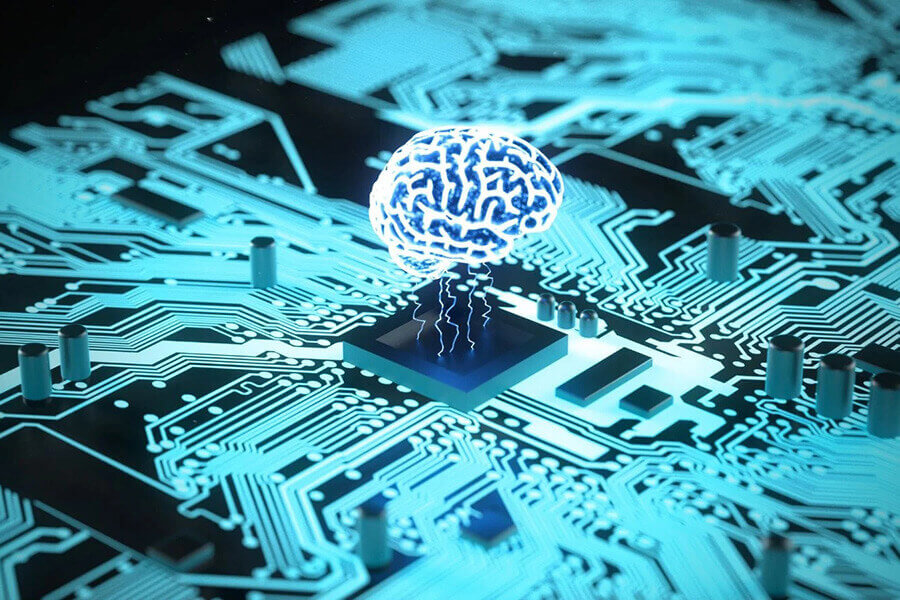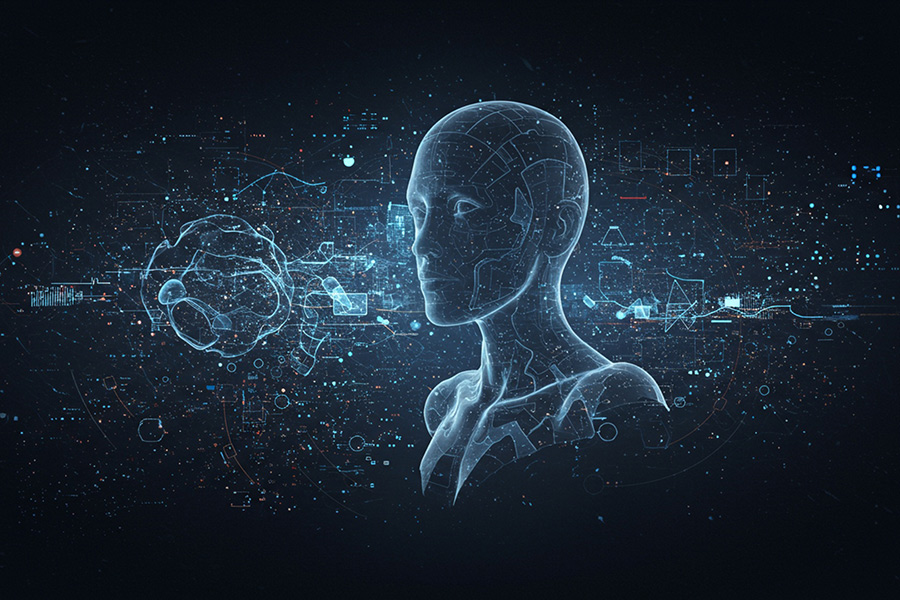How Knowledge Graphs Transform Strategic Business Intelligence
Organizations today struggle with transforming vast amounts of raw data into meaningful insights that drive strategic decisions. While traditional databases store information, they fail to capture the complex relationships and context needed for proper understanding. Knowledge graphs bridge the gap between raw data and actionable insights by providing the contextual foundation required for advanced analytics and decision-making at scale.
These powerful data structures work by connecting information across different concepts and domains, enabling organizations to uncover hidden patterns that would otherwise remain buried in isolated systems. Unlike simple data storage solutions, knowledge graphs represent a transformative approach to data utilization that makes information meaningful, actionable, and accessible across entire enterprises.
The journey from basic data collection to strategic wisdom requires understanding both the technical foundations of knowledge graphs and the practical challenges organizations face when implementing them. Success depends on following proven methodologies while navigating common obstacles that can derail even well-intentioned projects.
How Knowledge Graphs Transform Data Into Actionable Wisdom
Knowledge graphs convert raw information into meaningful insights by creating semantic relationships between data points and breaking down organizational barriers that prevent comprehensive analysis. This transformation process enables automated reasoning and intelligent query responses that drive strategic decision-making.
From Data to Semantics: Understanding Nodes, Edges, and Relationships
Knowledge graphs represent information through nodes (entities) and edges (relationships) that create semantic meaning from raw data. Each node represents a distinct entity, like a person, product, or concept, while edges define how these entities connect.
The semantic layer adds context that traditional databases cannot provide. For example, a customer node connects to purchase nodes through “bought” relationships, while products link through “similar\_to” or “complements” edges.
This structure enables machines to understand not just what data exists, but what it means in context. The relationships between nodes create a web of meaning that supports complex queries and inference.
Key semantic components include:
- Entity nodes with attributes and properties
- Relationship edges with directional meaning
- Contextual metadata that defines connection strength
- Ontological frameworks that standardize definitions
Integrating Structured and Unstructured Data Into Semantic Frameworks
Knowledge graphs excel at combining structured data from databases with unstructured data from documents, emails, and multimedia content. This integration creates comprehensive data representations that capture both formal records and informal knowledge.
Structured data provides the foundation through clearly defined entities and relationships. Database records, spreadsheets, and API responses feed directly into the graph structure with minimal transformation.
Unstructured data requires natural language processing and entity extraction to identify relevant nodes and relationships. Text documents reveal implicit connections between entities that structured systems miss entirely.
The transformation of unstructured data into knowledge graphs bridges the gap between formal data systems and human knowledge. This process automatically extracts entities, relationships, and context from text sources.
Semantic frameworks standardize how different data types integrate into unified representations. These frameworks ensure consistency across diverse data sources while preserving the unique characteristics of each information type.
Addressing Data Silos for Unified, Interconnected Data
Data silos prevent organizations from accessing complete information pictures by isolating datasets within departmental boundaries. Knowledge graphs break these barriers by creating unified views that span multiple systems and domains.
Traditional integration approaches require extensive ETL processes and schema mapping. Knowledge graphs eliminate these requirements by representing data in flexible, relationship-based formats that adapt to diverse structures.
Cross-system connections emerge naturally when entities from different sources reference the same real-world objects. Customer records from CRM systems link to support tickets, purchase histories, and marketing interactions automatically.
Knowledge graphs enable 360° knowledge management by connecting data from all sources and enriching them with contextual meaning. This eliminates data silos while reducing time and costs for data retrieval.
The interconnected data model supports federated queries that span multiple domains simultaneously. Users access complete information and pictures without knowing where specific data resides physically.
Enabling Reasoning, Question Answering, and Actionable Insights
Knowledge graphs support automated reasoning that derives new insights from existing relationships and rules. This capability enables systems to answer complex questions and generate recommendations without explicit programming.
Reasoning capabilities include:
- Inferential logic that discovers implicit relationships
- Pattern recognition across large-scale networks
- Anomaly detection through relationship analysis
- Predictive modeling based on entity behaviors
Question answering systems leverage graph structures to provide contextually relevant responses. Natural language queries translate into graph traversals that follow relationship paths to find answers.
The semantic understanding enables sophisticated analysis that goes beyond simple keyword matching. Systems understand intent and context to provide precise, actionable responses.
Knowledge graphs transform data into actionable insights by revealing hidden patterns and relationships that drive business decisions. The reasoning engine identifies opportunities and risks that traditional analytics miss.
Real-time inference updates insights automatically as new data arrives. This continuous learning process ensures recommendations remain current and relevant for dynamic business environments.
Best Practices and Challenges in Building Effective Knowledge Graphs
Organizations face significant technical and operational hurdles when implementing knowledge graphs, from maintaining data quality standards to ensuring seamless team collaboration. Challenges in knowledge graph adoption include data silos, inconsistent data quality, and a lack of clear objectives.
Ensuring Data Quality, Security, and Compliance
Data quality forms the foundation of any effective knowledge graph implementation. Organizations must establish validation protocols that verify the completeness, accuracy, and consistency of all ingested data sources.
Automated data profiling tools can identify anomalies, duplicates, and missing values before they enter the knowledge graph. Teams should implement data lineage tracking to monitor the flow of information through the system.
Security measures require multi-layered approaches, including role-based access controls, encryption at rest and in transit, and regular vulnerability assessments. Knowledge graphs often contain sensitive business information that demands enterprise-grade protection.
Compliance frameworks vary by industry and geography. Healthcare organizations must adhere to HIPAA requirements, while financial institutions must comply with SOX regulations. Teams should document data governance policies and maintain audit trails for regulatory reporting.
Regular quality assessments help maintain graph integrity over time. Organizations benefit from establishing data stewardship roles with clear accountability for ongoing maintenance and validation processes.
Techniques for Data Integration and Relationship Extraction
Data integration challenges arise when combining information from disparate systems with different schemas, formats, and update frequencies. Knowledge graphs help overcome these challenges by unifying data access and providing flexible integration approaches.
Extract-Transform-Load (ETL) pipelines must handle structured databases, unstructured documents, and streaming data sources. Teams should implement schema mapping techniques that preserve semantic meaning across different data formats.
Relationship extraction employs natural language processing and machine learning algorithms to identify connections between entities. Named entity recognition identifies people, places, and organizations within text documents.
Dependency parsing reveals grammatical relationships that suggest semantic connections. Teams can leverage pre-trained models for common relationship types while training custom models for domain-specific scenarios.
Graph algorithms like community detection and centrality analysis help identify implicit relationships not explicitly stated in source data. These techniques reveal patterns and connections that traditional databases might miss.
Human Oversight, Training, and IT Team Collaboration
Human oversight remains essential despite automated processing capabilities. Subject matter experts must validate the accuracy of relationships and resolve ambiguous entity mappings that algorithms cannot handle reliably.
Training programs should cover graph database concepts, query languages like SPARQL or Cypher, and domain-specific ontology design principles. Technical staff need hands-on experience with graph visualization tools and analytics platforms.
Cross-functional collaboration between data scientists, domain experts, and infrastructure teams ensures knowledge graphs meet both technical requirements and business objectives. Regular review sessions help align technical implementation with user needs.
IT teams must coordinate deployment across development, staging, and production environments while maintaining version control for ontologies and data models. They handle scalability planning, backup procedures, and disaster recovery protocols.
Change management processes help teams adapt to evolving business requirements without disrupting existing workflows or compromising data integrity.
Enhancing Flexibility and Accessibility for Diverse Use Cases
Flexibility in knowledge graph design accommodates changing business requirements and new data sources without requiring complete system overhauls. Schema-less approaches allow dynamic addition of new entity types and relationships.
API-first architectures enable integration with existing business applications and third-party tools. GraphQL endpoints provide flexible querying capabilities that adapt to different client requirements.
Accessibility features include intuitive visualization interfaces for non-technical users and natural language query capabilities that reduce the learning curve for business stakeholders.
Multi-modal access through web interfaces, mobile applications, and programmatic APIs ensures different user groups can interact with the knowledge graph using their preferred methods. Role-based dashboards present relevant information without overwhelming users with unnecessary complexity.
Use cases span from recommendation engines and fraud detection to regulatory compliance and scientific research. Each application requires different performance characteristics, query patterns, and user interaction models that flexible architectures can accommodate.
Conclusion
As organizations continue to generate massive volumes of data, the ability to process and analyze information in real time is becoming a competitive necessity rather than a technical luxury. Functions and edge computing together create the foundation for this transformation, enabling faster insights, reduced latency, and more responsive applications across industries.
The future belongs to companies that embrace distributed architectures, combining the flexibility of serverless computing with the performance advantages of edge processing. By adopting these technologies today, businesses can position themselves to unlock innovation, enhance customer experiences, and stay ahead in a world where speed, intelligence, and scalability are key to success.








